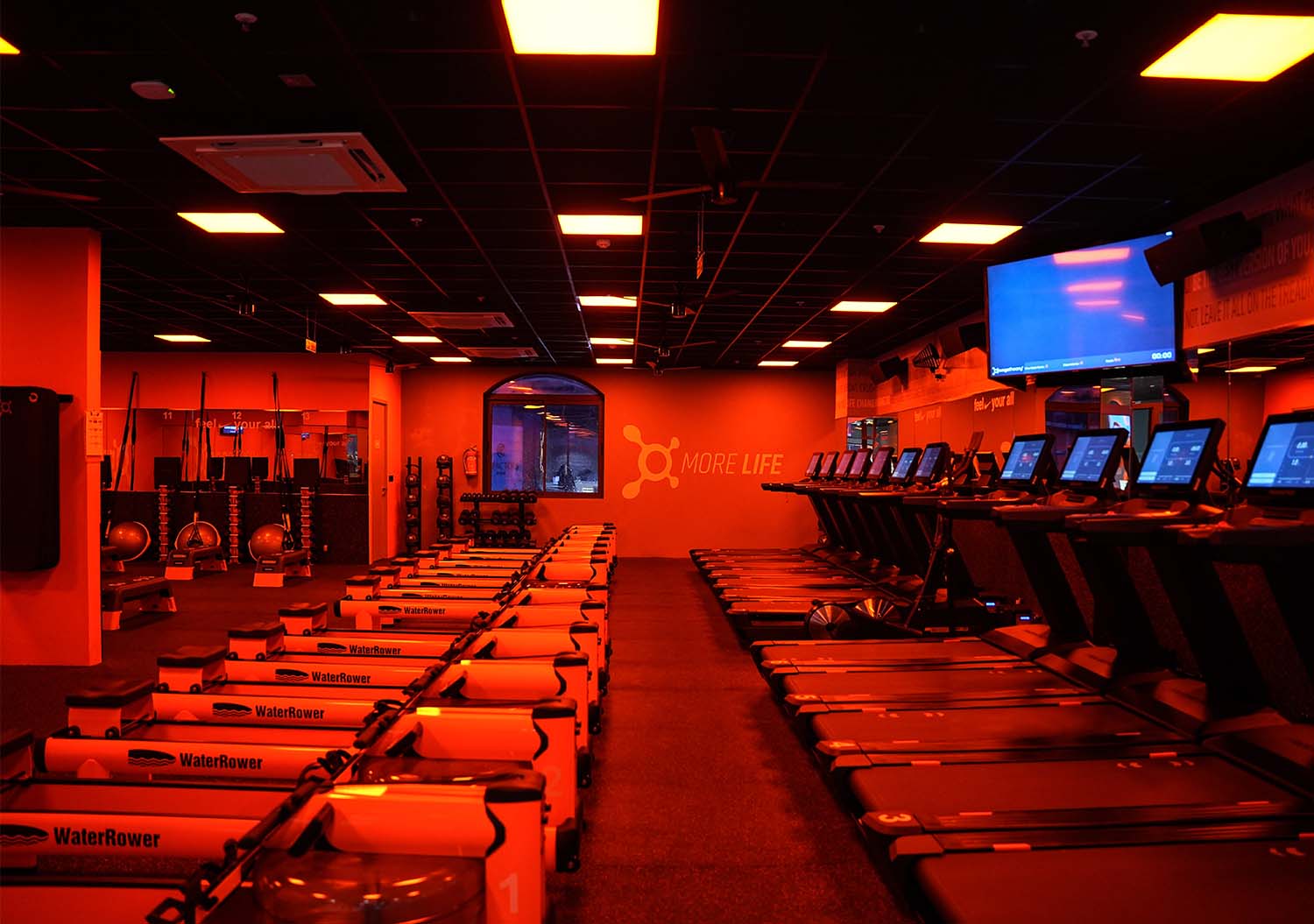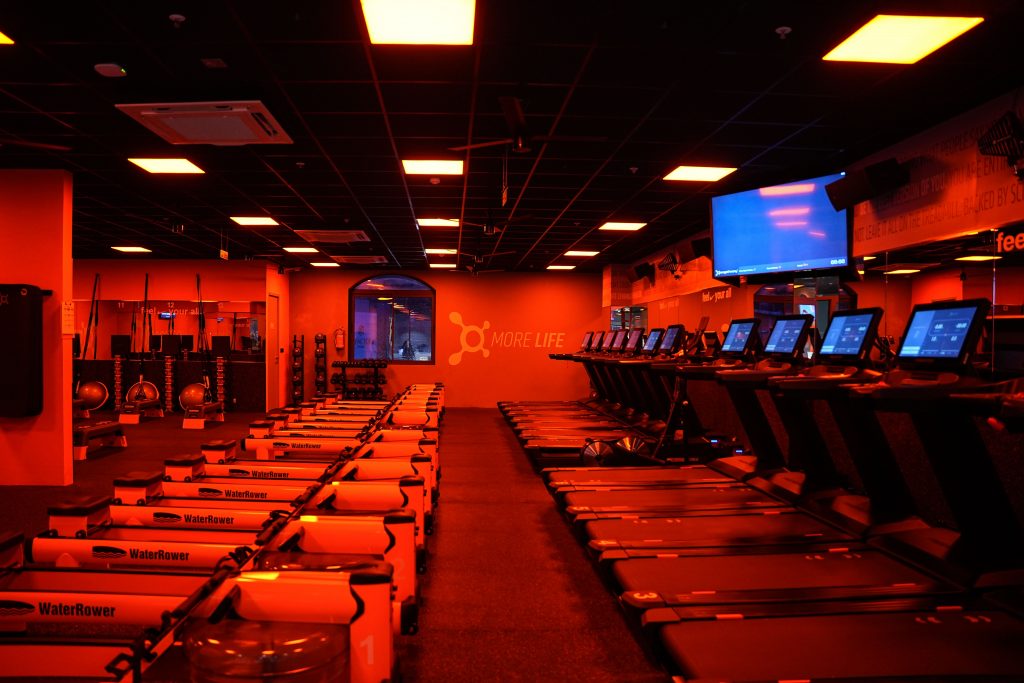By Drishti Chhabria, Founder and Chief Experience Officer Orangetheory Fitness India
Cardio, also known as cardiovascular activity, is super important to improve your fitness levels and overall health but there are so many ways to get your cardio in, which one should you do? In today’s age, heart attacks and cardio risks seem to be increasing and hence, the awareness of incorporating cardio into your routine is getting more important. Walking, swimming, cycling or running – there are so many options of cardio activities but no matter what you choose, the question is, what level of intensity should you perform these activities at? While some people choose to perform intense levels of intensity during cardio, others prefer to maintain a slower steady pace. There are many pros and cons of both, but the question is – is one better than the other?
High intensity interval training, also known as HIIT, involves intense bursts of exercise that elevates the heart rate followed by intervals of rest that decrease the heart rate back to a steady level. There are many benefits of HIIT such as increased metabolism and increased calorie burn in a shorter period which help in engaging both fast-twitch and slow-twitch muscle fibers while targeting multiple muscle groups to build lean body mass.
On the other hand, LISS or low intensity steady state cardio involves sustained, low intensity exercises where the focus is on maintaining the same or “steady” pace of cardio for a longer period. This focuses on slow-twitch muscle fibers and building endurance rather than muscle hypotrophy. The benefit of steady state cardio is that it involves less strain on joints and is a great low-impact option for those looking to improve their cardiovascular health.
So, which one is better for you? Well, it truly depends on your fitness goal and what you are trying to achieve. While both help you achieve fat loss, it is proven that HIIT can help you achieve EPOC, or excess post oxygen consumption which will help in promoting fat loss quicker. By pushing your body through intervals of intense exercise, you can achieve a greater calorie burn not only during the workout but also after the workout is over when you achieve EPOC. While calorie burn may be higher with HIIT, steady state cardio can be sustained for a longer duration of time hence leading to a cumulative calorie deficit.
The main difference amongst the two is the source of energy that is utilized during these workouts. While HIIT predominantly pushes your body to rely on carbs for fuel, it uses the stored glycogen or carbohydrates in the muscles for quick energy for the short intervals of energy needed. Carbs are the primary source of fuel for the intense activity involved in high intensity interval training. During the low intensity or recovery intervals of HIIT workouts, the body uses fat for fuel and generates energy for the intervals of recovery. Therefore, in the low intensity steady state cardio, the body primarily relies on fat as a source of fuel for long lasting sustained energy during most of the workout. This makes steady state cardio, or LISS, very beneficial for those looking to reduce overall body fat while improving endurance levels for longer periods of exercise. While both HIIT and LISS have pros and cons of utilizing both fat and carbohydrates in exercise, it is worth noting that what the body uses depends on many factors such as diet, fitness levels and efficiency of the workout.
Overall, high intensity interval training is more time efficient to burn higher calories, boost metabolism and build lean muscle mass but at the same time, steady state cardio is low impact, burns more fat for fuel and is sustainable for those looking to improve cardiovascular health and endurance. Depending on your goal and priority, fitness level and specifically what you are looking to accomplish, you can choose to prioritize one over the other.
You can choose to achieve which of the benefits you would like to focus on but ideally, a combination of both types of cardio in your routine will offer a balanced approach to achieving your fitness goals as you will be able to reap the benefits of both. Cardio of any type is the key to good heart health and overall fitness levels, so at the end of the day, the goal is to incorporate any type of cardio no matter which you choose!












